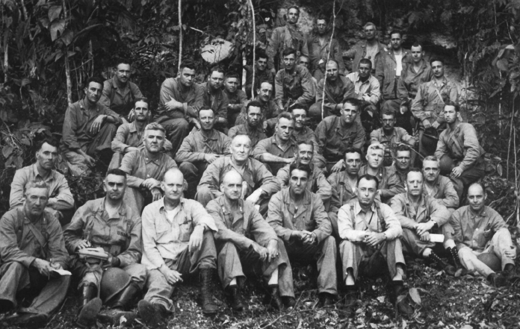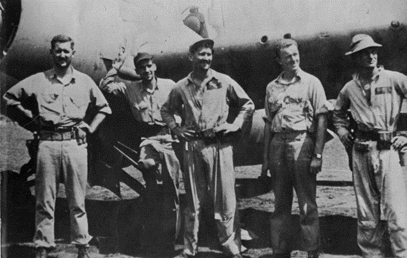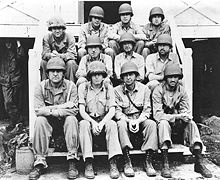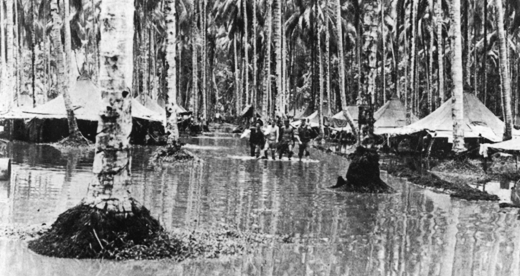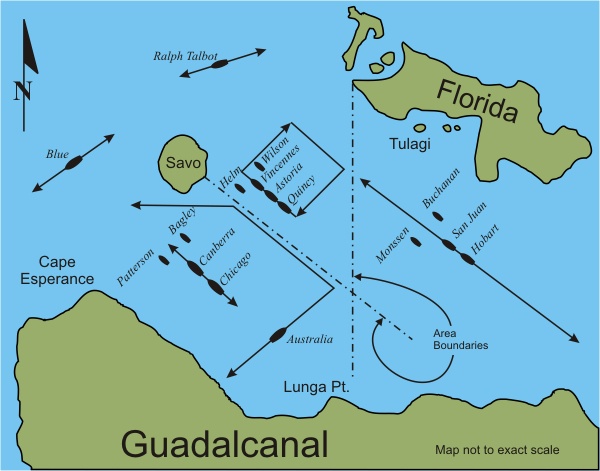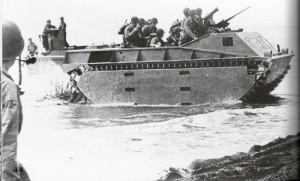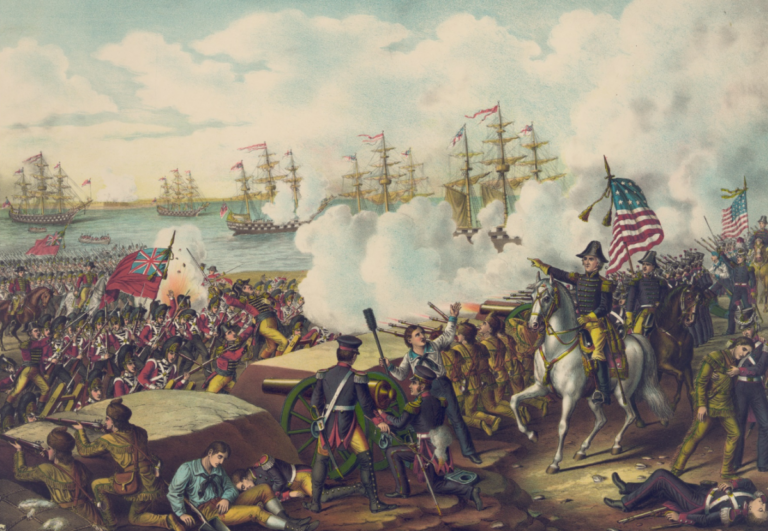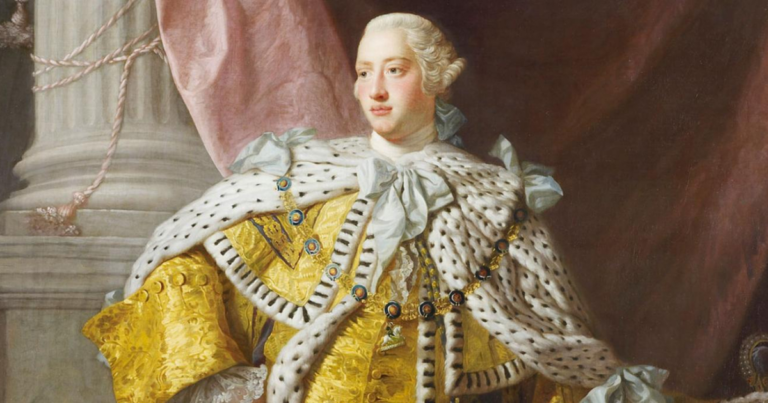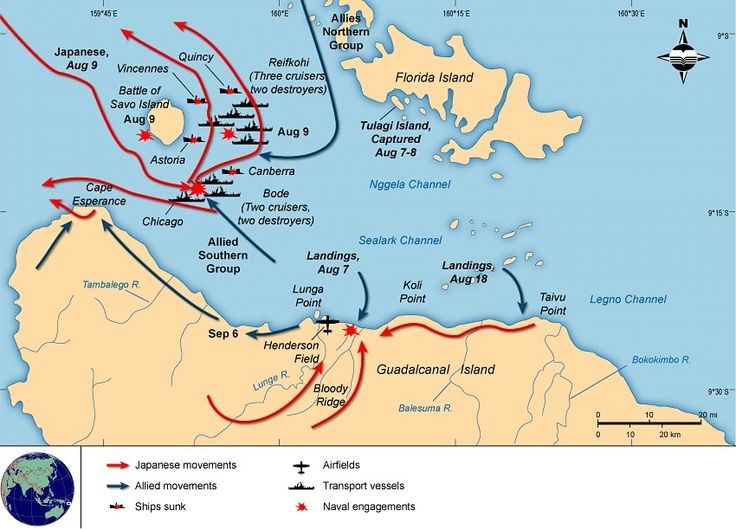
This post summarizes Operation Watchtower, the invasion of Guadalcanal. The invasion kicked off on 7 August 1942. Rather than rehashing this well known and oft written about battle I thought I might do an overview and a photo essay instead. Let me know what you think.
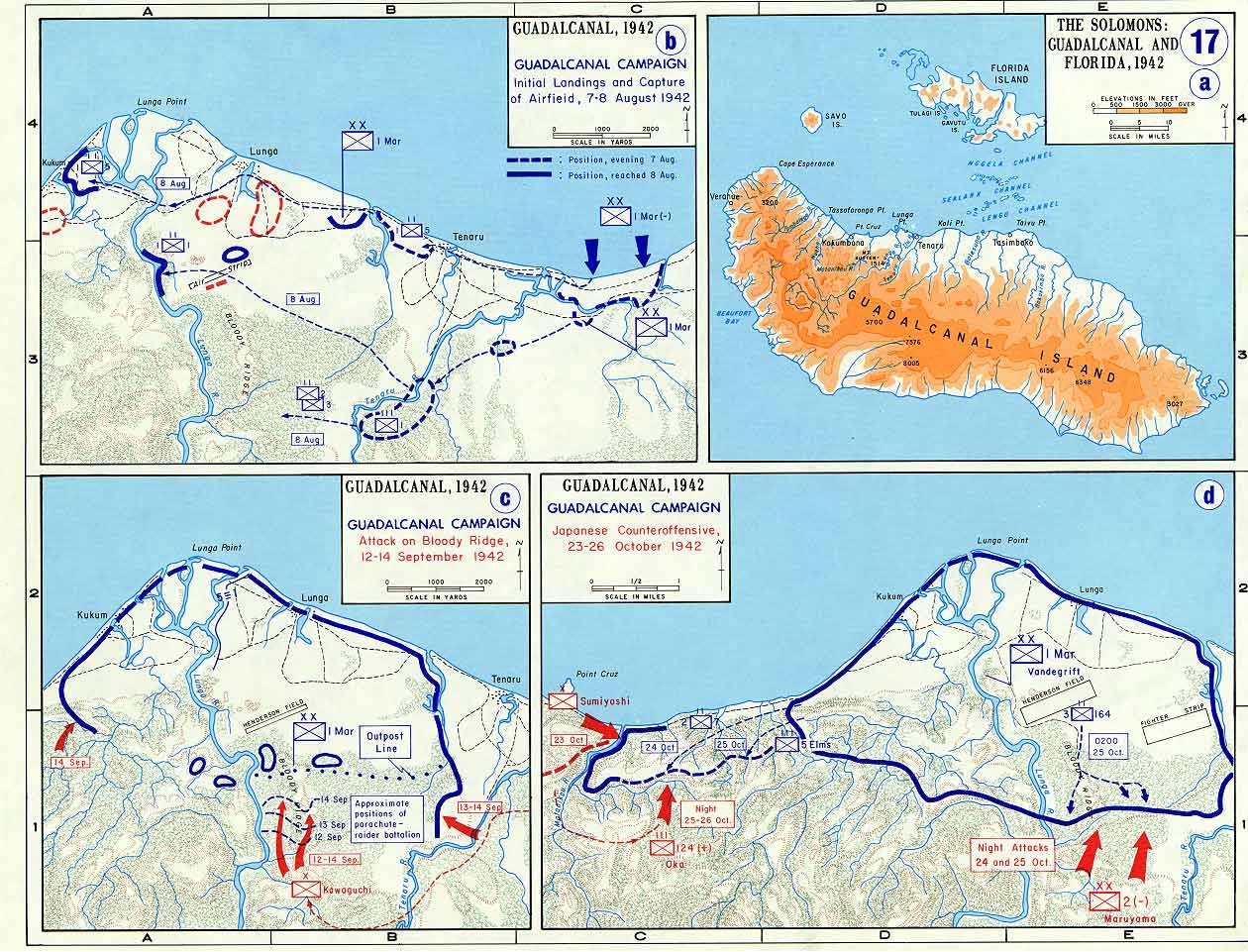
On 7 August 1942, Allied forces, predominantly United States Marines, landed on the islands of Guadalcanal, Tulagi, and Florida in the southern Solomon Islands, with the objective of denying their use by the Japanese to threaten Allied supply and communication routes between the US, Australia, and New Zealand. The Allies also intended to use Guadalcanal and Tulagi as bases to support a campaign to eventually capture or neutralize the major Japanese base at Rabaul on New Britain. The Allies overwhelmed the outnumbered Japanese defenders, who had occupied the islands since May 1942, and captured Tulagi and Florida, as well as an airfield (later named Henderson Field) that was under construction on Guadalcanal. Powerful American and Australian naval forces supported the landings.
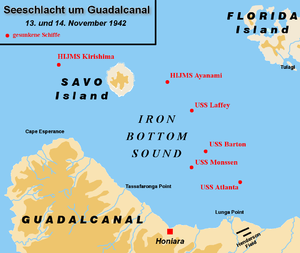
Surprised by the Allied offensive, the Japanese made several attempts between August and November to retake Henderson Field. Three major land battles, seven large naval battles (five nighttime surface actions and two carrier battles), and continual (almost daily) aerial battles, culminated in the decisive Naval Battle of Guadalcanal in early November, in which the last Japanese attempt to bombard Henderson Field from the sea and land with enough troops to retake it was defeated. In December, the Japanese abandoned their efforts to retake Guadalcanal and evacuated their remaining forces by 7 February 1943, in the face of an offensive by the US Army’s XIV Corps.
The Guadalcanal campaign was a significant strategic combined arms Allied victory in the Pacific theater. Along with the Battle of Midway, it has been called a turning point in the war against Japan. The Japanese had reached the peak of their conquests in the Pacific. The victories at Milne Bay, Buna-Gona, and Guadalcanal marked the Allied transition from defensive operations to the strategic initiative in the theater, leading to offensive operations such as the Solomon Islands, New Guinea, and Central Pacific campaigns, that eventually resulted in Japan’s surrender and the end of World War II.

In preparation for the offensive in the Pacific in May 1942, U.S. Marine Major General Alexander Vandegrift was ordered to move his 1st Marine Division from the United States to New Zealand. Other Allied land, naval and air force units were sent to establish or reinforce bases in Fiji, Samoa, New Hebrides and New Caledonia.
Guadalcanal is no longer merely a name of an island in Japanese military history. It is the name of the graveyard of the Japanese army
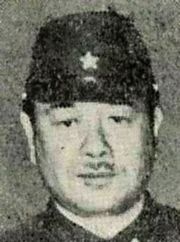
Commander, 35th Infantry Brigade at Guadalcanal
Thirteen members of the Army, Navy, and Marine Corps were awarded the Medal of Honor for valor during the Guadalcanal campaign. (+ indicates a posthumous award.)
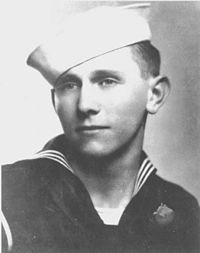
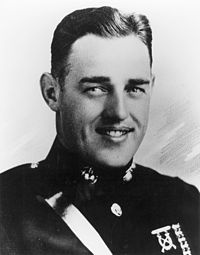
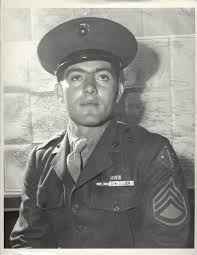
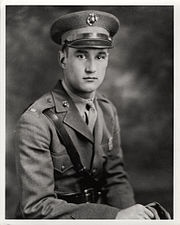
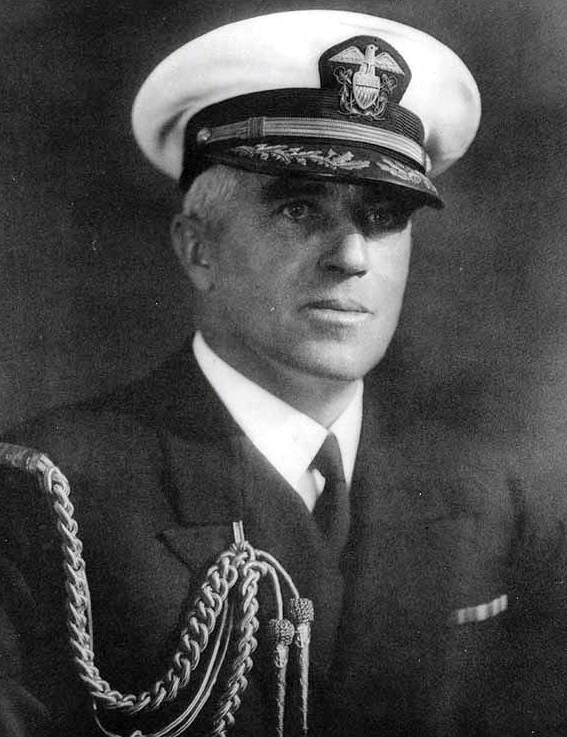
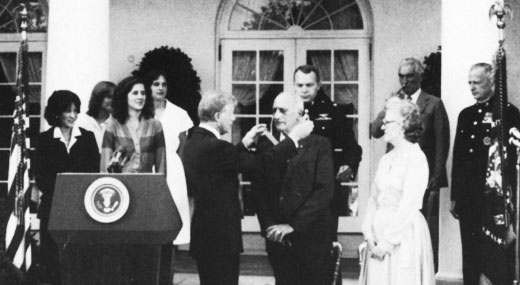

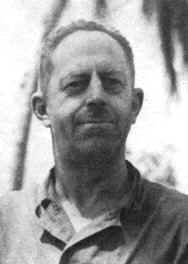
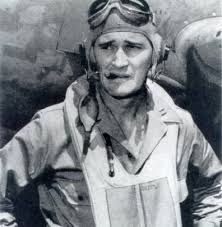
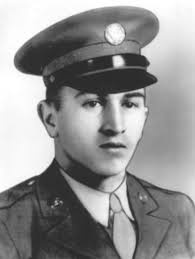
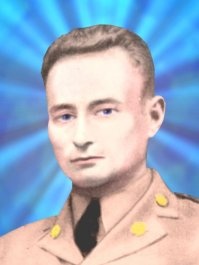
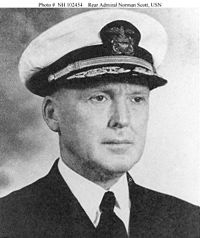
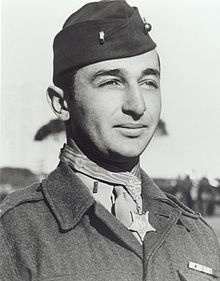

Related: Atom Bomb Dropped on Hiroshima
The US order of battle included some notable units and commanders.
The First Marine division commanded by general Vandegrift was comprised of:
1st Marines commanded by future Commandant Clifton Cates
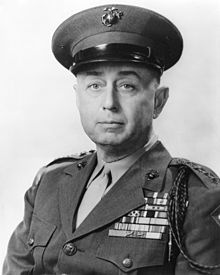
5th Marines commanded by Leroy Hunt
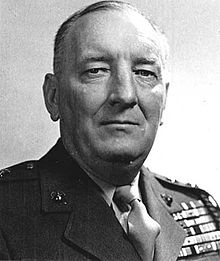
7th Marines commanded by James Webb
11th Marines commanded by Pedro del Valle
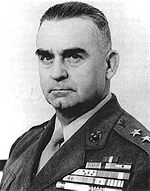
Some other notables from Guadalcanal include the commander of 1-7 Marines Lewis Burwell “Chesty” Puller.
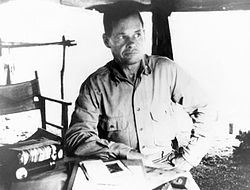
Both Raider battalions served during the campaign led by Merritt “Red Mike” Edson (1st) and Carlson Evans (2nd)
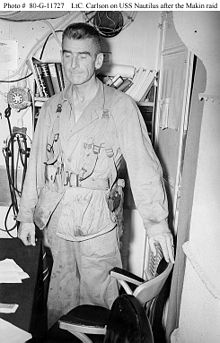
The ill fated marine parachute battalion also saw service there.
